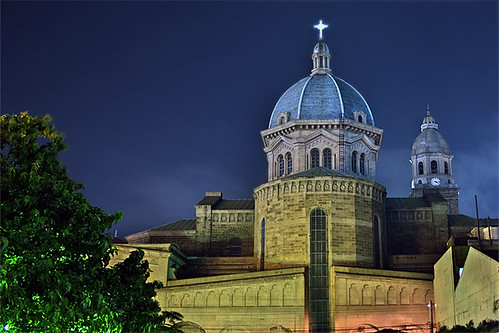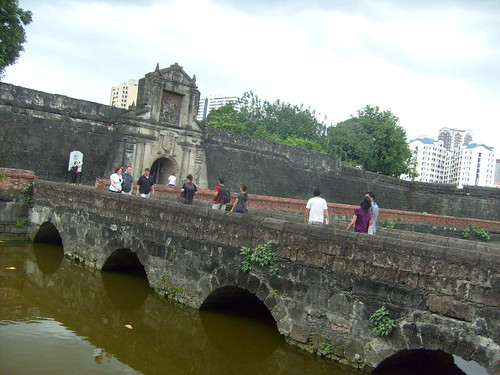The Philippines has an amazing number of 7107 islands located southeast Asia, offering a large number of deserted beaches, wild jungles, ethnic diversity, incredible scenery and above all an important story that marked both the politics of place, as well as in its architecture and layout of the cities that comprise it.

Photography by © Salim Photography/
His incredible capital called Manila, is located on the eastern coast of Manila Bay on the island of Luzon, devoting the second most populous city in the Philippines. It has a long history in which are intermingled influences from Spain, England, Japan and the United States.
But beyond the important historical areas that we find in it or the diversity of cultures and influences that are in the same, we might impact your amazing cosmopolitan look, comparable to the great modern cities of Hong Kong, New York or Shanghai.
The luxury hotels are a unique visual marking imposing limits on the sky, accompanied by large skyscrapers filled with great offices of the most renowned companies, giving the city a modern, dynamic and current, which contrasts with the historical, a devastated area that suffered severe tests over time, showing a seal of the Spanish colony clearly recognizable.

Photography by ric_k
The ancient city site is characterized by its colonial city, arranged in grid under the tenets of the New World cities, introducing a provision similar to the morphology and colonized cities in South America. Despite all this, the original intention of his site was to form a defensive square, today little remains of it, showing some signs reflected in the historic buildings that survived to the endless earthquakes that hit the area, fire that destroyed the city during its early stages and the traces left by the Second World War.
Of the monuments belonging to the group of historic buildings to be visited are the Baroque churches of San Agustín and Santo Domingo, having been the first built in 1586 by the soldier Juan Macias. After the devastating events that partially destroyed the building, the rebuild went last time in 1973, showing the area that used to have in ancient times.
Faced with this church is a replica of nineteenth century colonial home, which may give you an overview of how the city was in colonial times. It will take you a space that brings us to the typical museum district, but being in an Asian region is really interesting seeing how they were the Spanish influences in such sites.
As for the protective walls of the city, we can see several areas of what was the fortification of Manila, especially in the Santiago Fort, located north of Old Town. The same checkpoint served as the Spanish, after being occupied by the British, Americans and Japanese, depending on the historical moment in which the Philippines was addressed. He also is remembered for the cruel traces of the Second World War, when it was used this fort of torture, killing thousands of Filipinos in the hands of the dreaded Kempeitai, the Japanese police.

Photography by jekert gwapo
Currently this property is composed of a large public park, which remembers those terrible events that founded fear in the city since 1950 was declared as Sanctuary of Liberty. Nearby you can also see the defenses of San Francisco and San Miguel, which were as a protection against scurvy pirates in China, its neighbors firestorms.
Another tourist attraction sites are related to national hero Jose Rizal. The park that bears his name is marked by the statue of the character that crowns the extension and influences from China and Japan, reflected in its gardens. There is also the Rizal Shrine, being visited by thousands of Filipinos and tourists who come to remember this hero who was found there in jail for the last days of his life.
Bon voyage!
Leave a Reply
You must be logged in to post a comment.
Recent Comments